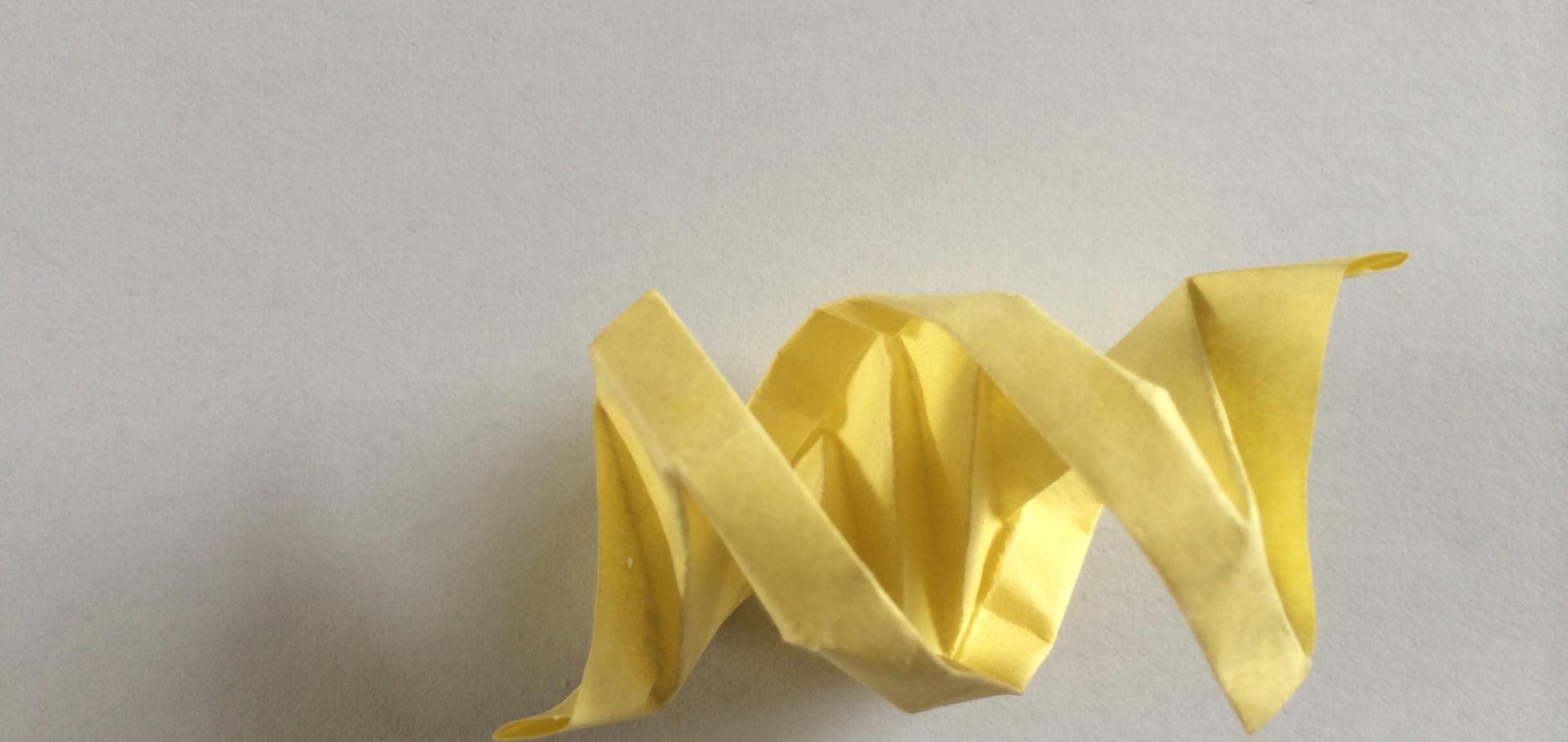Design and assembly of double-crossover linear arrays of micrometre length using rolling circle replication
Nanotechnology 16:9 (2005) 1574-1577
Abstract:
We demonstrate the use of rolling circle replication to template linear DNA arrays whose sizes bridge the gap between nanometre-scale self-assembly and top-down lithographic fabrication. Using rolling circle replication we have produced an oligonucleotide containing several hundred repeats of a short sequence motif. On this template we have constructed, by self-assembly, an array consisting of two parallel duplexes periodically linked by antiparallel Holliday junctions. We have observed arrays up to 10 νm in length by atomic force microscopy. © 2005 IOP Publishing Ltd.A free-running DNA motor powered by a nicking enzyme.
Angew Chem Int Ed Engl 44:28 (2005) 4358-4361
Self-assembly of chiral DNA nanotubes.
J Am Chem Soc 126:50 (2004) 16342-16343
Abstract:
A system of DNA "tiles" that is designed to assemble to form two-dimensional arrays is observed to form narrow ribbons several micrometers in length. The uniform width of the ribbons and lack of frayed edges lead us to propose that they are arrays that have curled and closed on themselves to form tubes. This proposal is confirmed by the observation of tubes with helical order.DNA transport in bacteria.
Nat Rev Mol Cell Biol 2:7 (2001) 538-545
Abstract:
DNA transport is important in various biological contexts--particularly chromosome segregation and intercellular gene transfer. Recently, progress has been made in understanding the function of a family of bacterial proteins involved in DNA transfer, and we focus here on one of the best-understood members, SpoIIIE. Studies of SpoIIIE-like proteins show that they might couple DNA transport to processes such as cell division, conjugation (mating) and the resolution of chromosome dimers.Topology of Xer recombination on catenanes produced by lambda integrase.
J Mol Biol 289:4 (1999) 873-883


